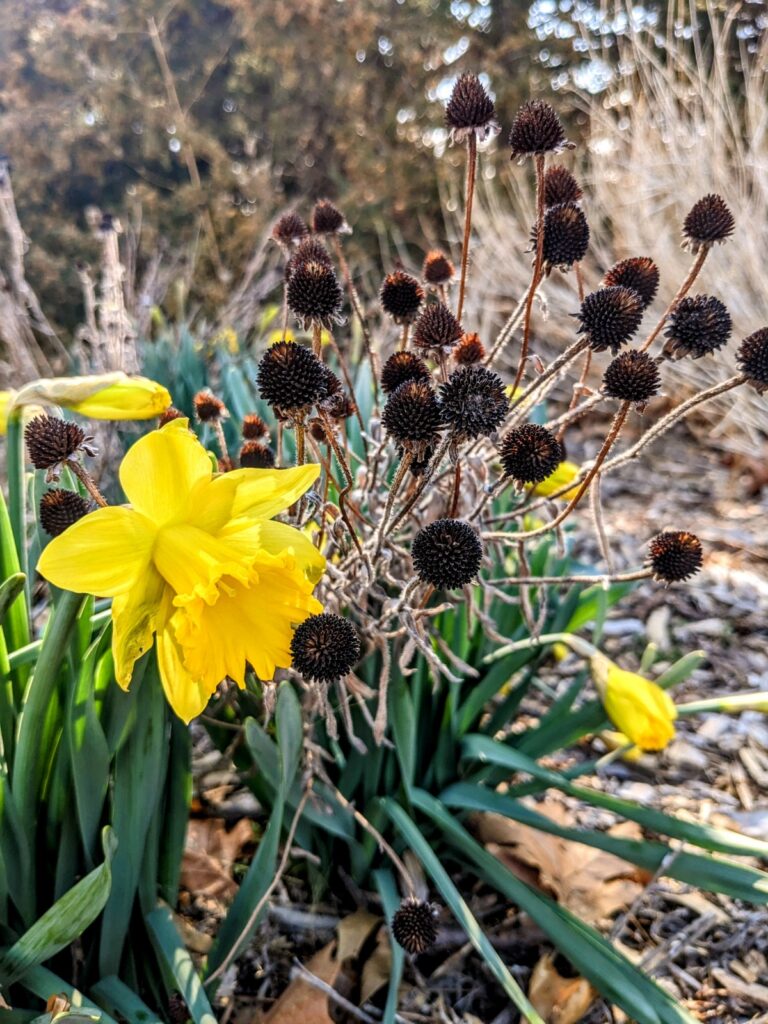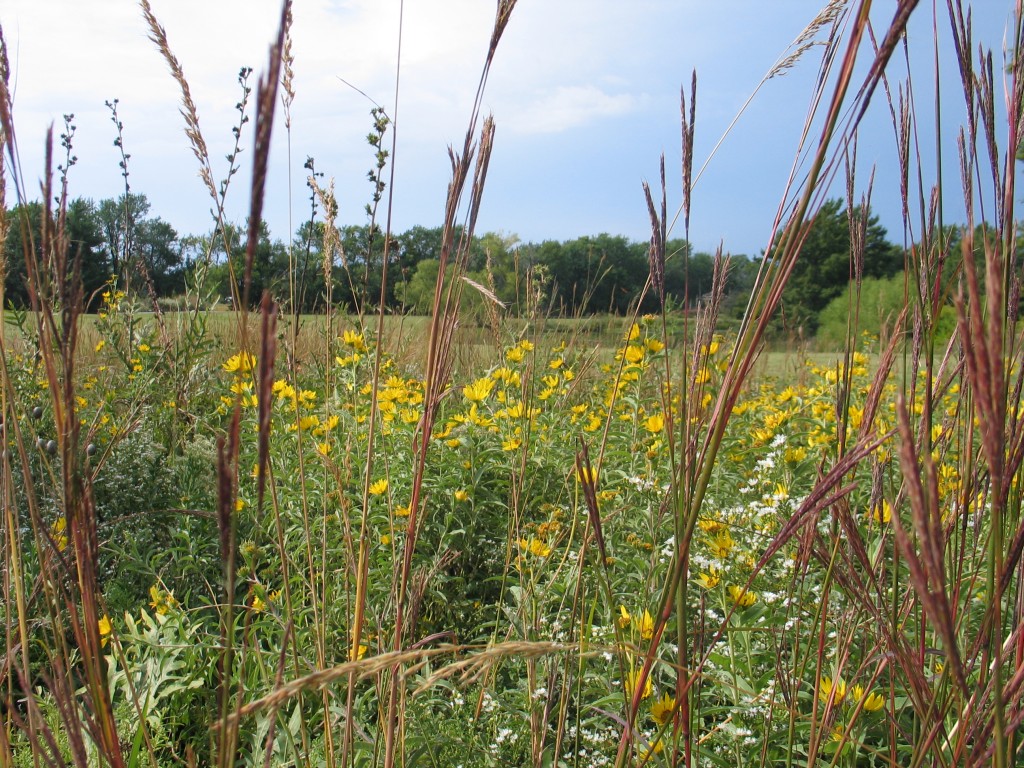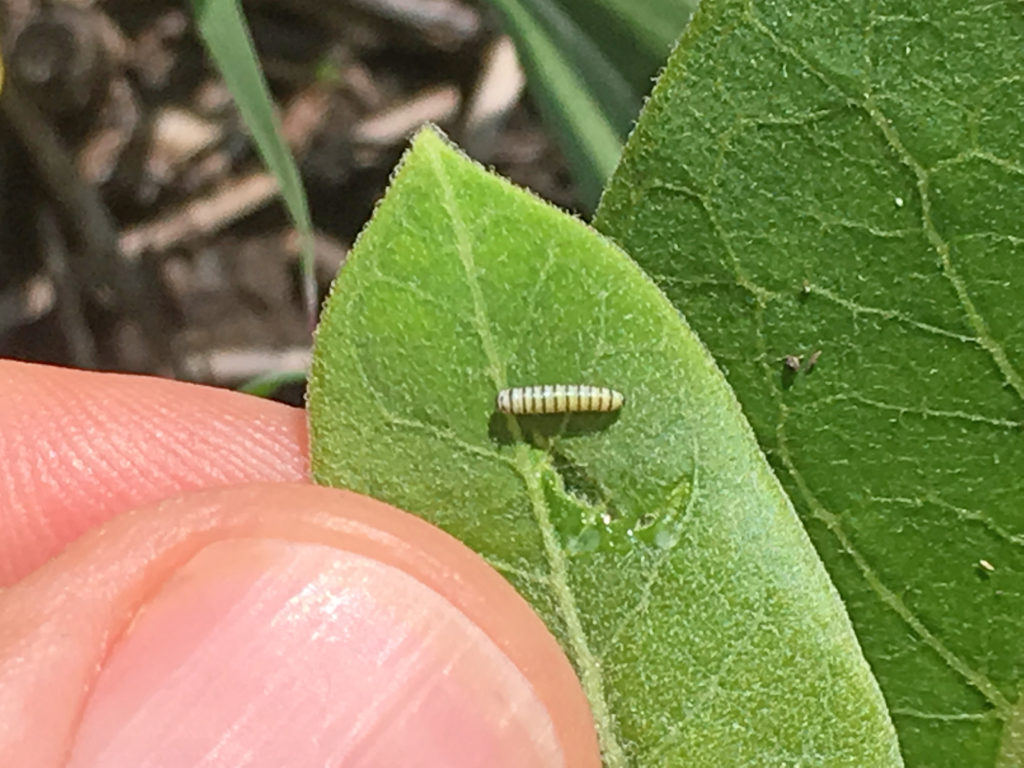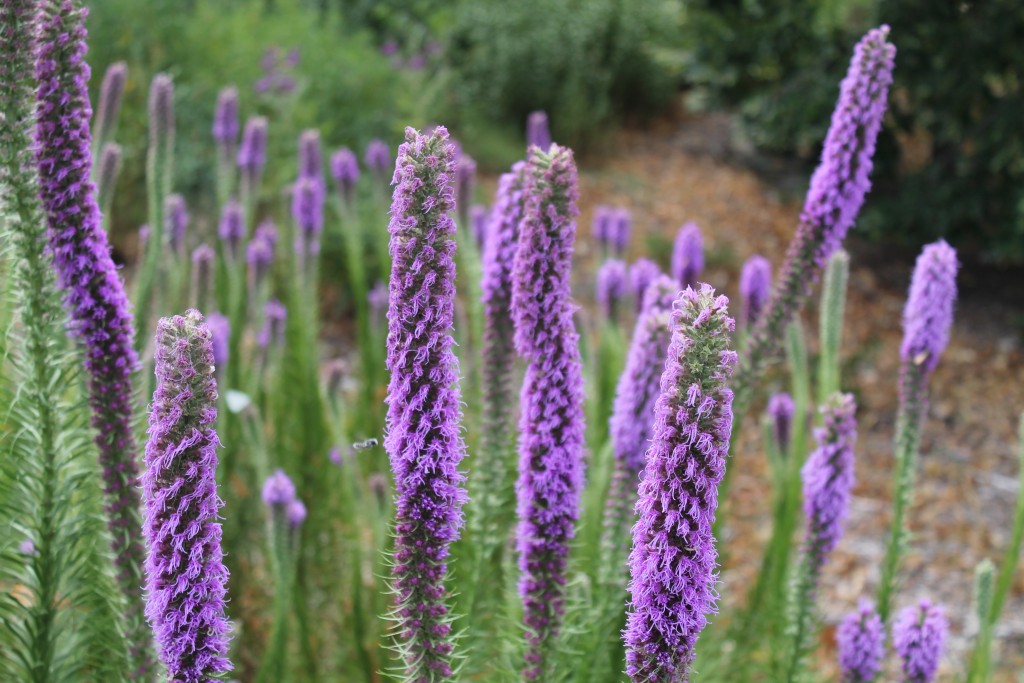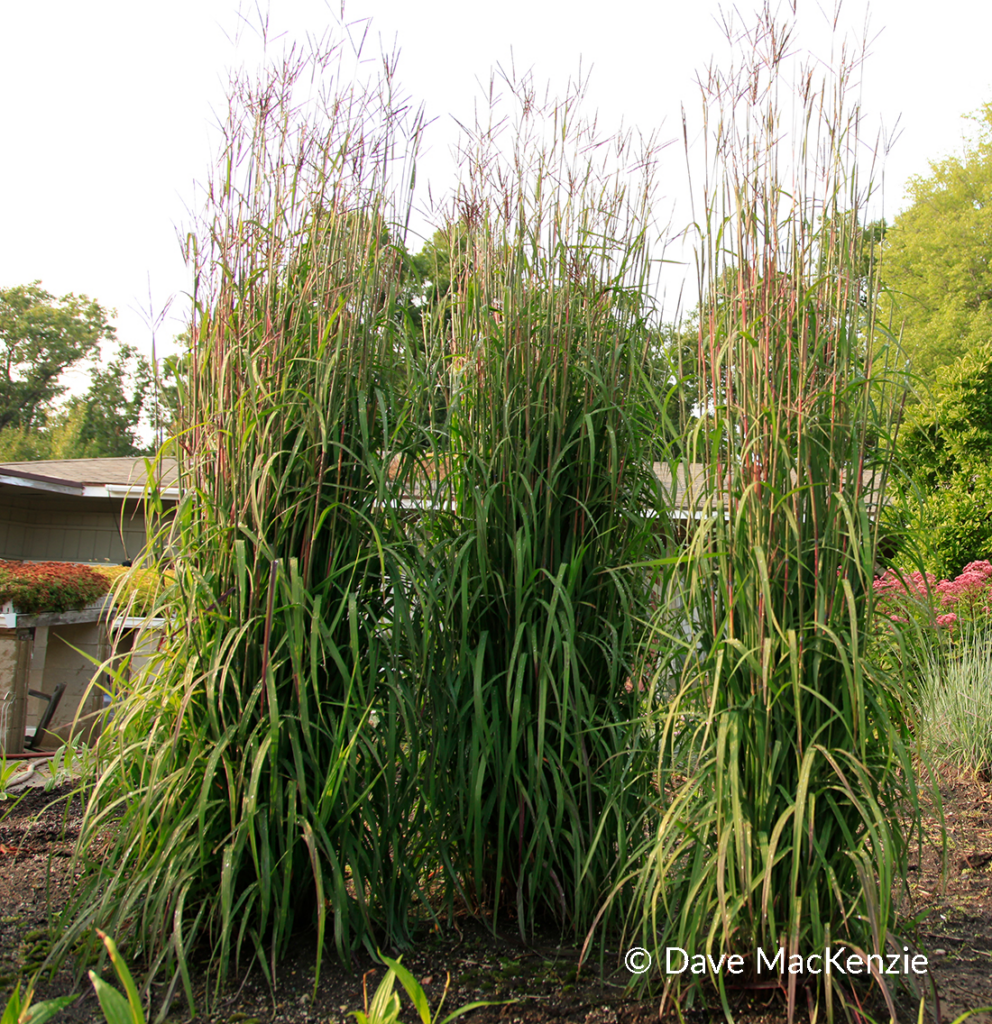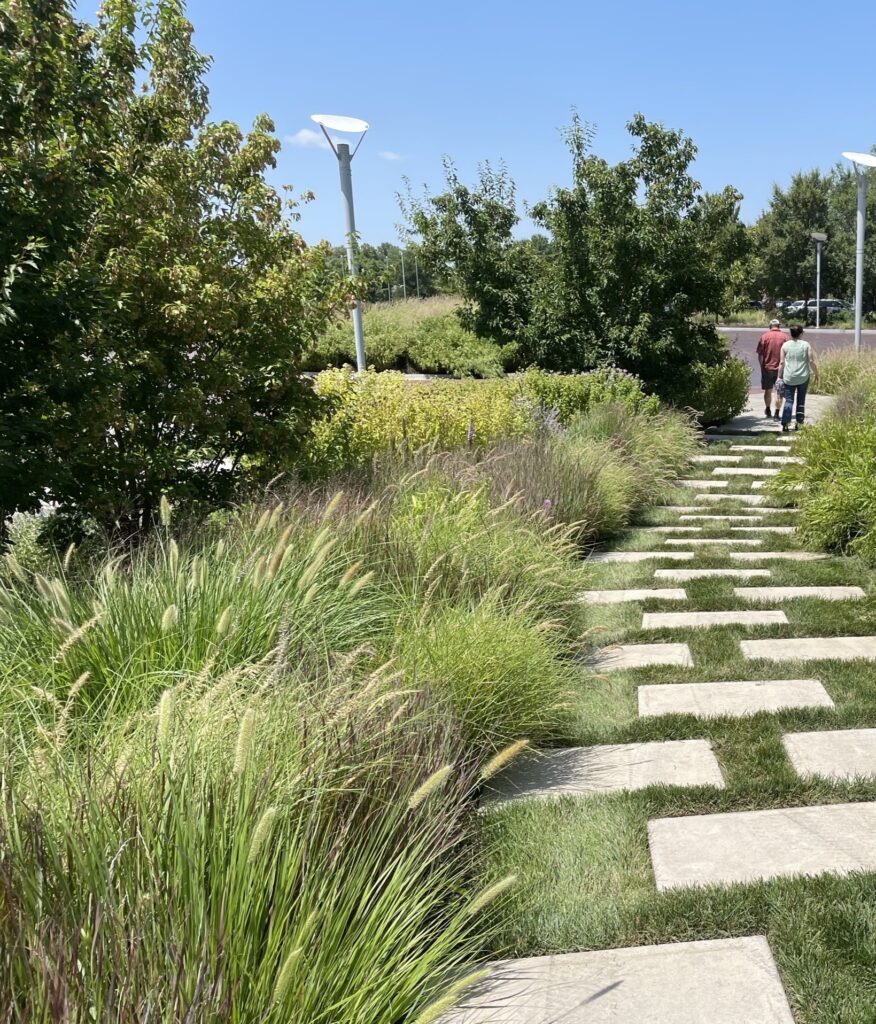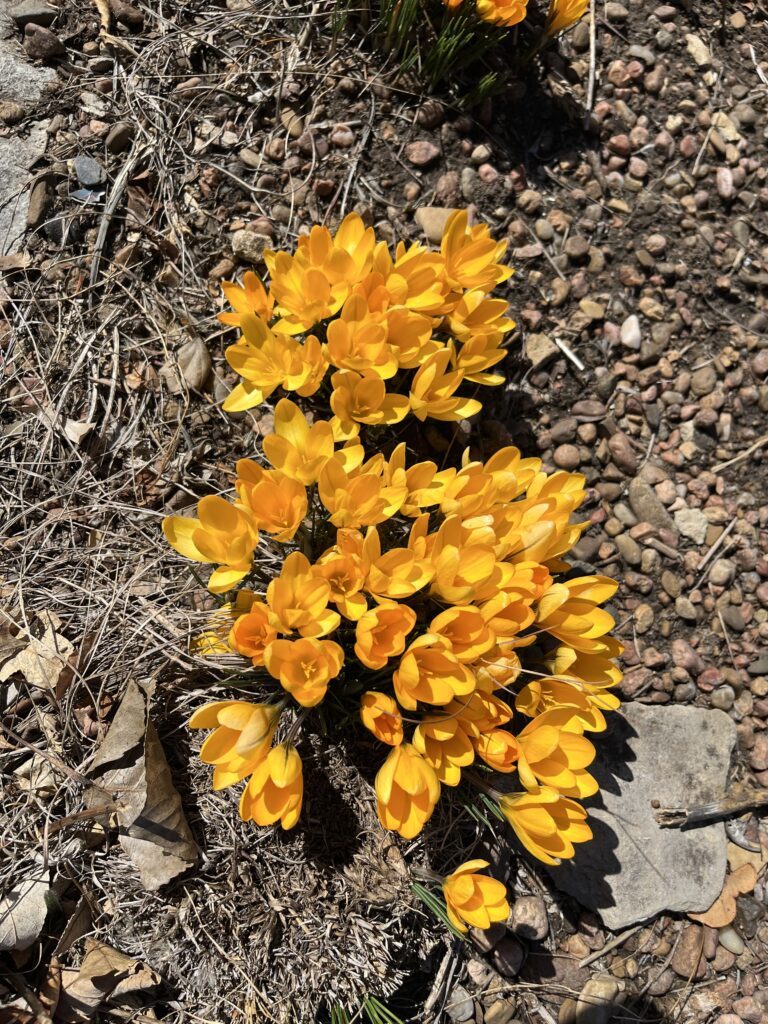When we think about spring, bearded irises often come to our minds. These resilient harbingers of spring often carry personal meaning for gardeners. Many have been shared and passed down from family and friends through the years. For my family, we have nice yellow and white bearded irises from my wife’s mother. They are beautiful reminders of the past that now brighten the spring landscape. We also have some of the more traditional lavender and purple bearded iris. These imported forms come in thousands and thousands of colors and sizes, with more developed every year.
There are over 300 species of irises in the world and there are six different sizes of bearded iris alone. Most of these are native to Europe and Asia. Even though these exotic iris enliven the developing spring landscape, some of the native forms of iris deserve a place in the landscape too. Here are a few garden worthy native Irises that I would recommend.
Dwarf Crested Iris-Iris cristata
If you are looking for a shade tolerant groundcover, this diminutive mat-forming wildflower fits the bill. The underground rhizomes slowly spread in and around other shade loving perennials. It has the distinctive narrow pointed leaves that iris have only smaller. In spring, plants brighten the ground with myriads of small blue-violet irises. This spring beauty prospers in woodland settings with average well drained soils.

Copper Iris-Iris fulva
This unusual iris has coppery or reddish flowers in late April through June. The beautiful flowers have three sepals and three petals each arching away from the stem. Like traditional iris, copper iris has bladelike leaves along the flower stems that emerge from a rhizome. They grow two to three feet tall and spread one to two feet. They prefer wetter conditions and thrive in swamps and bottomland forests, and along the edges of sloughs, ditches, canals, and ponds, often in shallow water. It is a species that should be used more often in home gardens, rain gardens, ponds, and water features.
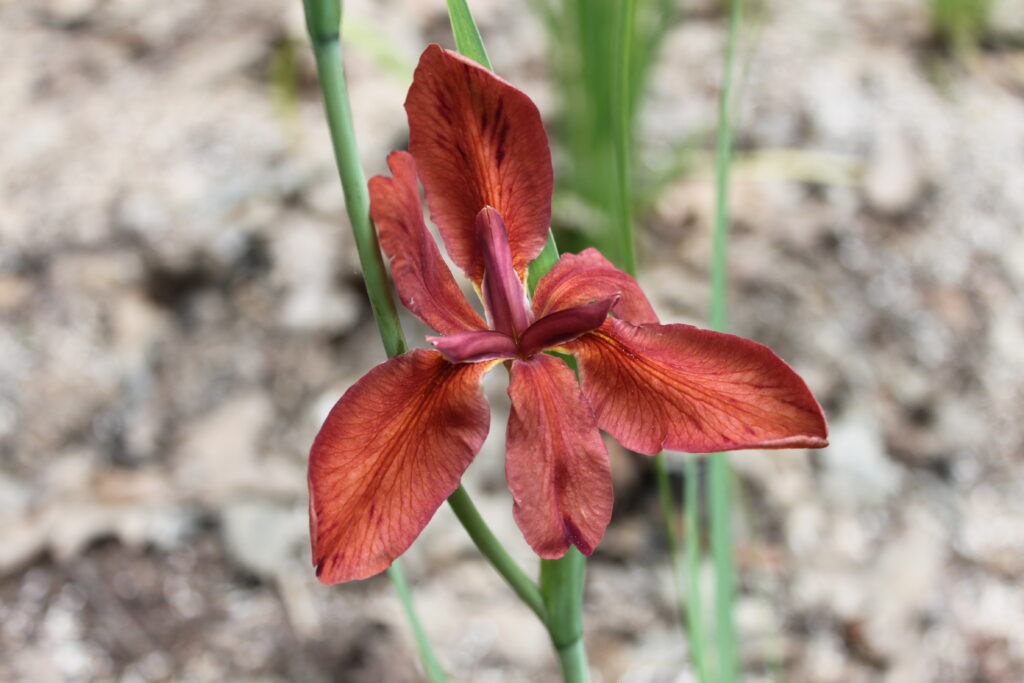
Photo Courtesy
Blue Flag Iris-Iris virginica shrevei
There are several native iris under the title of blue flag iris. This iris, commonly known as “Southern Blue Flag”, has a native range in most of the Eastern United States in wetlands and marshes. In June, the striking pale lavender blooms with yellow throats open above the foliage. We have some of these growing on the pond edge in moist, sometimes shallow water. It spread by rhizome to form attractive colonies. Mature height is two to three feet with clumps spreading several feet from the original plant. Give it full sun to partial shade. The key to success for this native iris is adequate or consistent moisture.
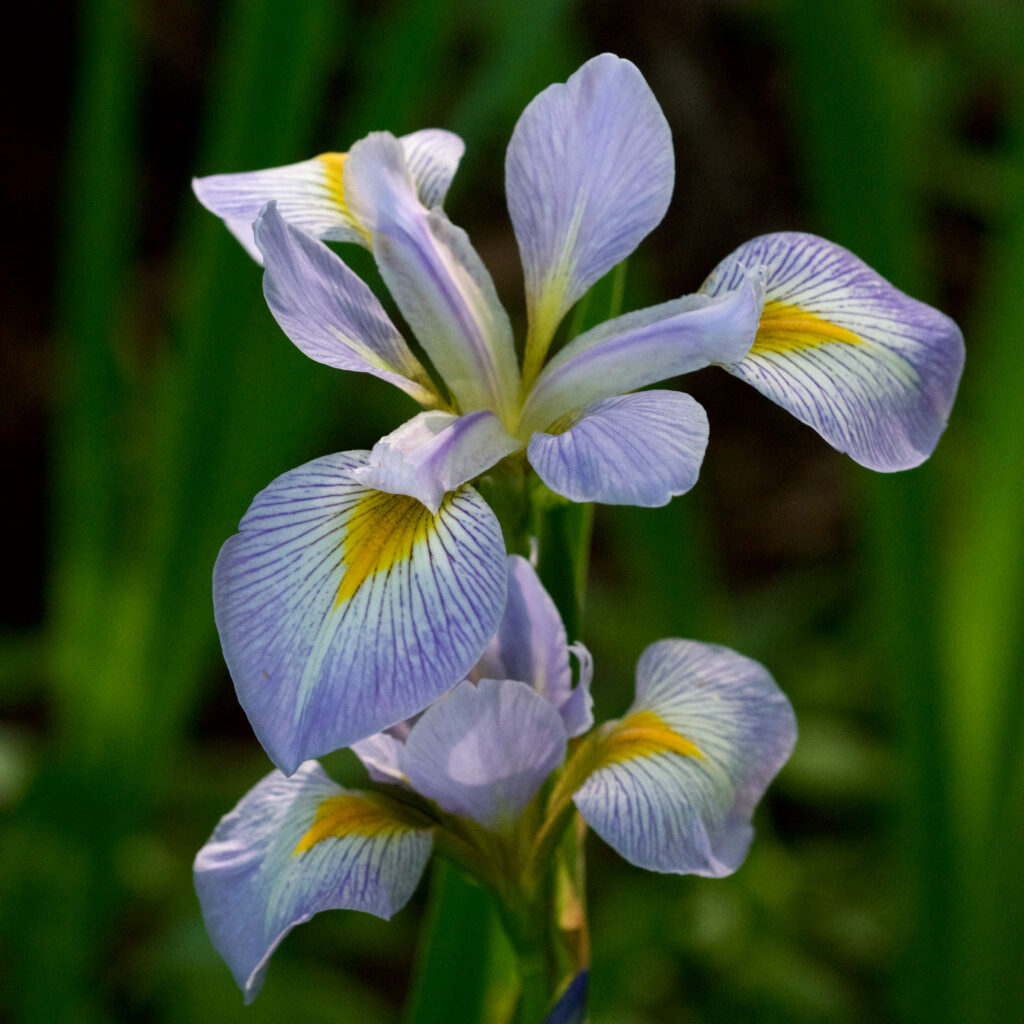
http://By Eric Hunt – Own work, CC BY-SA 4.0, https://commons.wikimedia.org/w/index.php?curid=72555262
Other Irises
Iris ‘Black Gamecock’ (Louisiana hybrid), Iris versicolor (Northern blue flag), and Iris brevicaulis (blue flag).
Many of these native species of iris are threatened by habitat loss. They are rare or are becoming more rare. Their fragile ecosystems can easily be damaged, so be careful not to disturb iris that you do find in the wild. Admire and take pictures, but don’t try to dig them up because most native irises are extremely difficult to transplant. Most of these plants will not survive the shock of dividing and transplanting. For this reason, on national forest lands, it is illegal to dig or pick the irises. If you have a spot, plant a few native irises grown by reputable nurseries, so you can appreciate, conserve and enjoy these beautiful wildflowers.
We will have several of these iris species available at FloraKansas Native Plant Days.
Fun facts from Bonnie Neubrand’s 2023 calendar:
- Iris symbolize: Eloquence, hope, wisdom, communication and faith.
- 325 species of iris worldwide
- 50,000 registered varieties of iris
- There are two groups of iris – bearded and beardless
- Size varies from 5 feet tall to less than 8 inches tall
- Origins in the United States trace to Virginia where bulbs were probably planted in the 1600’s
- Iris bulbs can be toxic to pets


